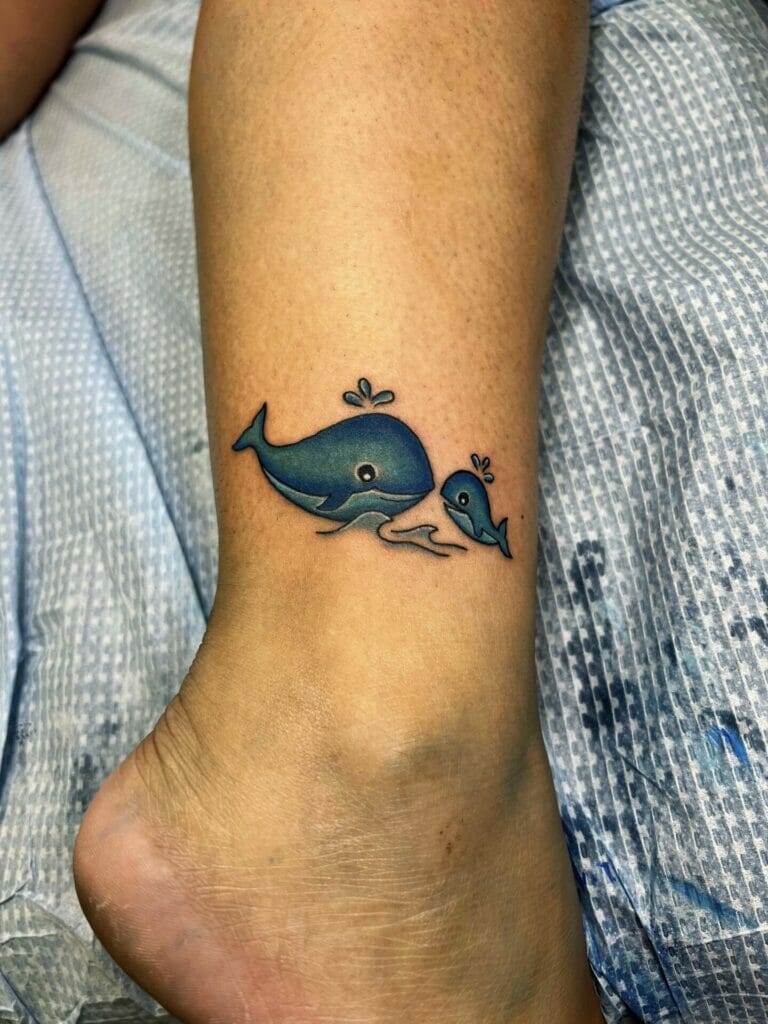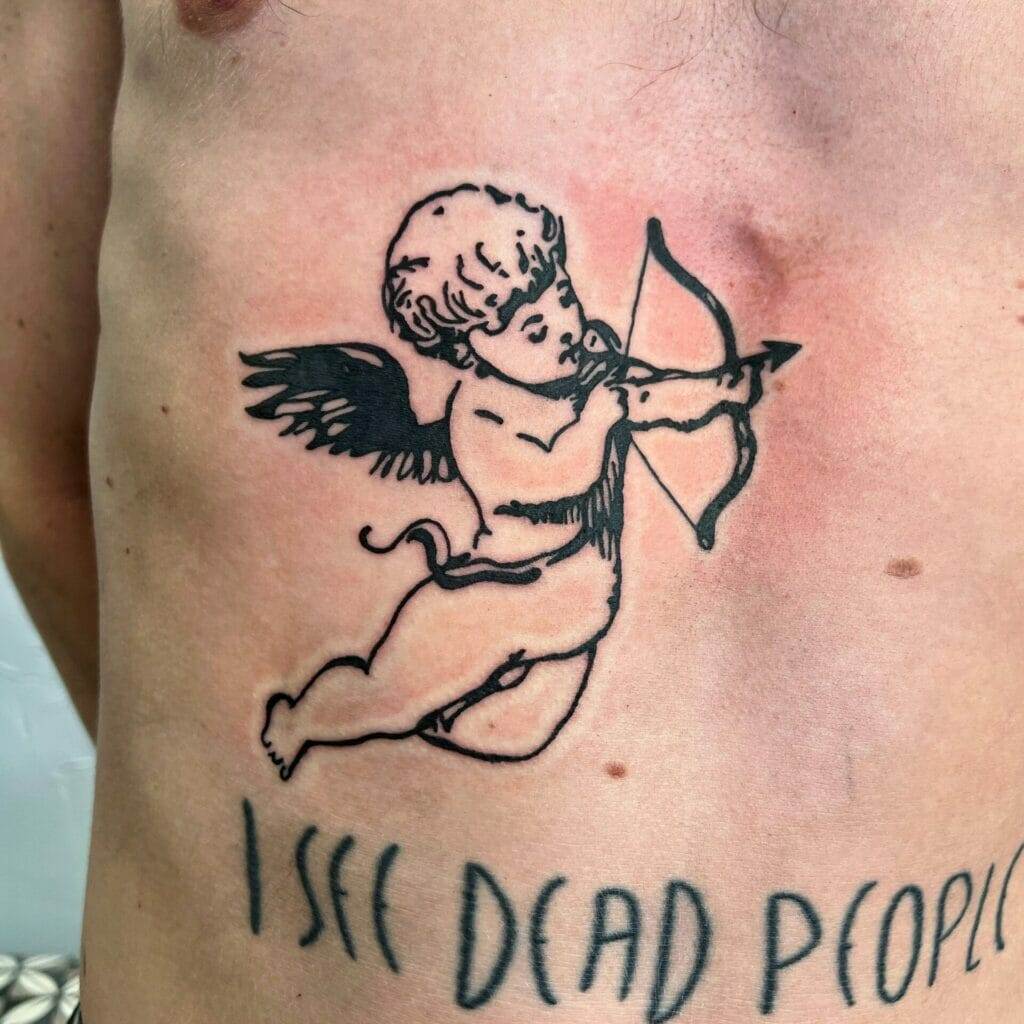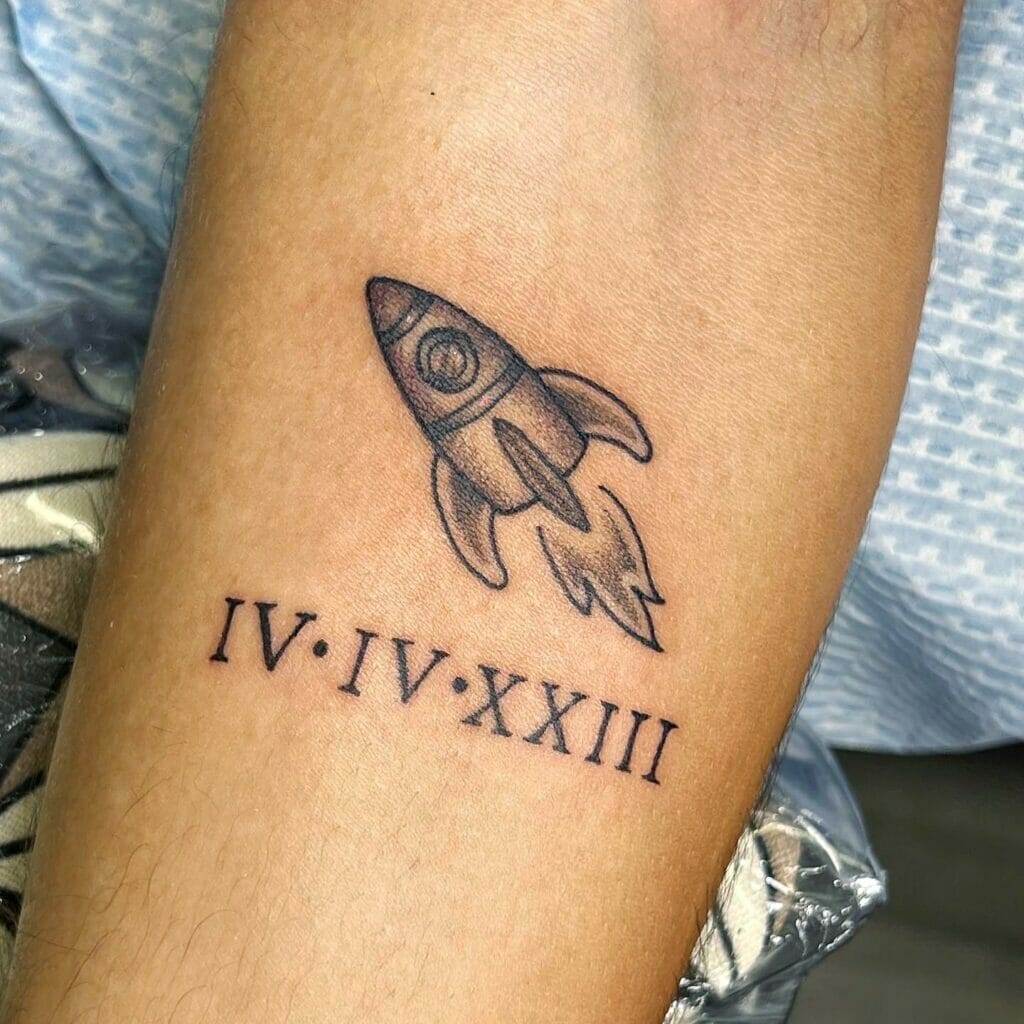Traditional tattoos have been a form of body art for centuries, with deep cultural significance in various parts of the world. These tattoos are not just decorative, but they also serve as a means of expressing one’s identity, beliefs, and social status. The art of traditional tattooing has a rich history and has evolved over time, with different styles and motifs representing different cultures and traditions.
The Origins of Traditional Tattooing: A Brief History
The history of traditional tattooing dates back thousands of years and can be traced to different parts of the world. In ancient Egypt, tattoos were seen as a symbol of social status and were primarily worn by the elite. In Polynesia, tattoos were deeply rooted in the culture and were used to signify important life events, such as coming of age or marriage. In Japan, tattoos were associated with criminality and were used as a form of punishment. However, over time, tattoos in Japan became a form of art and self-expression.
The Cultural Significance of Traditional Tattoos
Traditional tattoos hold immense cultural significance in different parts of the world. In many indigenous cultures, tattoos were used to signify one’s tribal affiliation and cultural identity. They were also used to convey religious beliefs and spiritual connections. For example, in Maori culture, facial tattoos known as moko were seen as a way to connect with one’s ancestors and tell their stories. In Native American cultures, tattoos were used to honor ancestors and protect against evil spirits.
The Evolution of Traditional Tattoo Styles

Traditional tattoo styles have evolved over time, influenced by cultural changes and globalization. Each culture has its own unique style of traditional tattooing, characterized by specific motifs, patterns, and techniques. For example, Polynesian tattoos are known for their intricate geometric designs, while Japanese tattoos often feature mythical creatures like dragons and koi fish. Traditional American tattoos, on the other hand, are characterized by bold, colorful designs such as anchors, roses, and eagles.
The Iconic Designs of Traditional Tattoos
Traditional tattoos are known for their iconic designs that have stood the test of time. These designs often have deep meanings and cultural significance. For example, the anchor tattoo symbolizes stability and strength, while the rose tattoo represents love and beauty. The eagle tattoo is a symbol of freedom and power. These designs have become timeless classics and continue to be popular choices for those seeking traditional tattoos.
The Symbolism Behind Traditional Tattoo Motifs
Traditional tattoo motifs are rich in symbolism and convey different meanings in different cultures. For example, in Japanese culture, the cherry blossom tattoo represents the transient nature of life, while the dragon tattoo symbolizes strength and wisdom. In Polynesian culture, the turtle tattoo represents fertility and longevity, while the shark tooth tattoo is a symbol of protection. Each motif carries its own unique symbolism and tells a story about the wearer’s beliefs and values.
The Techniques Used in Traditional Tattooing
Traditional tattooing techniques vary depending on the culture and style of tattooing. In Polynesia, for example, traditional tattoos are done using a technique called “tapping” or “hand-tapping,” where a small tool is used to tap ink into the skin. In Japan, traditional tattoos are done using a technique called “irezumi,” which involves hand-poking ink into the skin using a bamboo or metal needle. These traditional techniques require skill and precision and are essential in preserving the authenticity of traditional tattoos.
The Role of Traditional Tattoos in Modern Society
In modern society, traditional tattoos have become a popular form of self-expression. Many people choose traditional tattoos as a way to connect with their cultural heritage or to pay homage to a specific culture or tradition. Traditional tattoos have also gained popularity among tattoo enthusiasts who appreciate the timeless beauty and symbolism of these designs. They serve as a reminder of the rich history and cultural diversity of our world.
The Preservation of Traditional Tattooing Practices
The preservation of traditional tattooing practices is crucial in order to keep these ancient art forms alive. Many organizations and individuals are working tirelessly to document and preserve traditional tattooing techniques, motifs, and cultural practices. This includes conducting research, organizing exhibitions, and supporting indigenous communities in their efforts to revive and maintain their tattooing traditions. By preserving these practices, we ensure that future generations can continue to appreciate and learn from the art of traditional tattoos.
The Global Influence of Traditional Tattoo Styles
Traditional tattoo styles have had a significant impact on modern tattooing practices around the world. Many tattoo artists draw inspiration from traditional designs and incorporate them into their own unique styles. Traditional motifs and techniques have also influenced the development of new tattoo styles, such as neo-traditional and new school tattoos. The global influence of traditional tattoo styles is a testament to their enduring appeal and cultural significance.

The Timelessness of Traditional Tattoos
Traditional tattoos have stood the test of time and continue to be a popular choice for those seeking meaningful body art. The rich history, cultural significance, and timeless beauty of traditional tattoos make them a cherished form of self-expression. Whether it’s a Polynesian tribal design, a Japanese dragon, or an American eagle, traditional tattoos carry with them a sense of heritage, identity, and symbolism that transcends time and borders. As we continue to appreciate and preserve the art of traditional tattoos, we ensure that these ancient traditions will continue to inspire and captivate us for generations to come.



